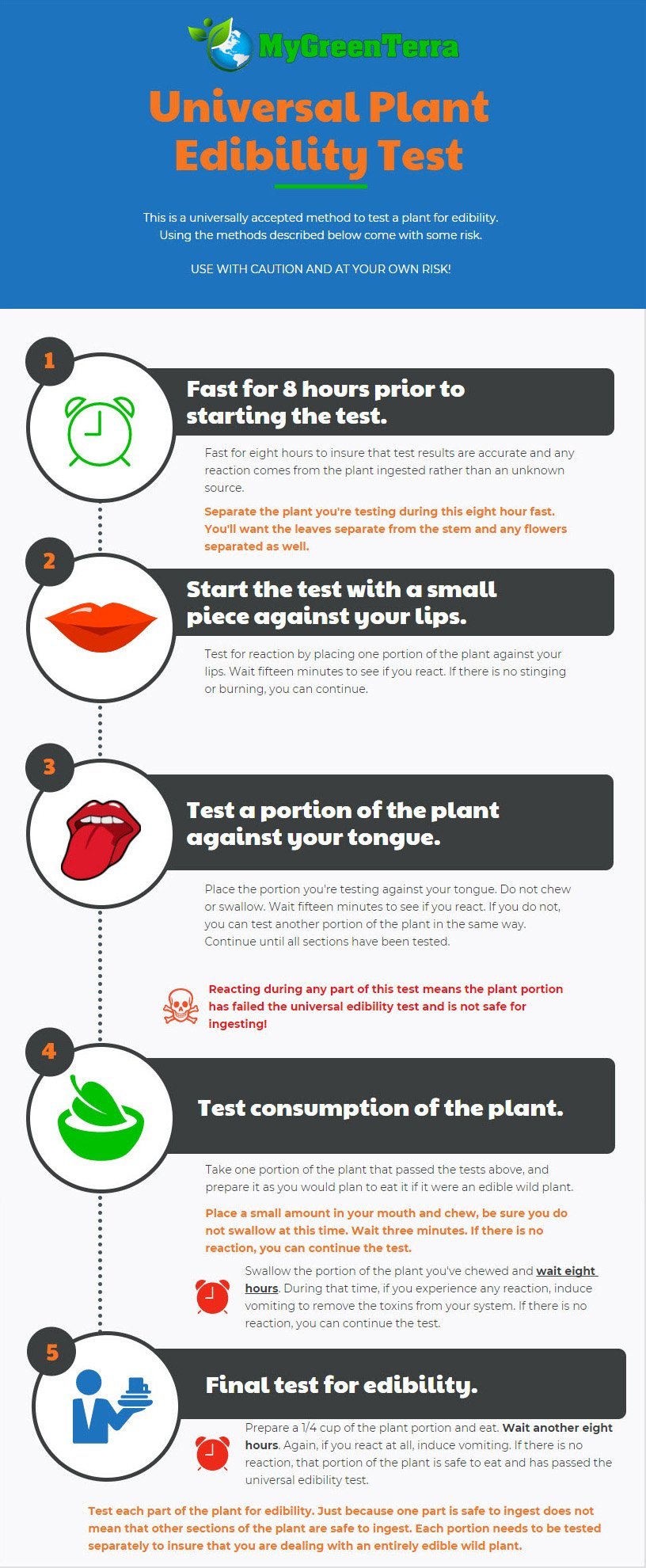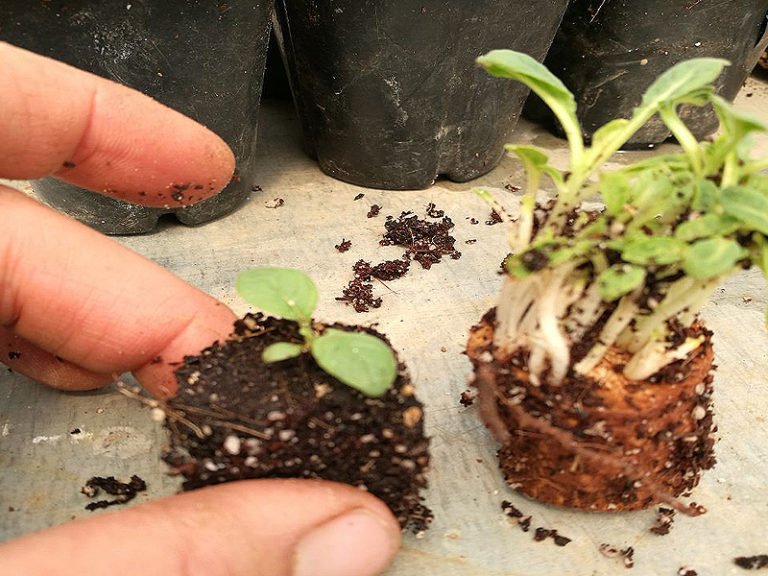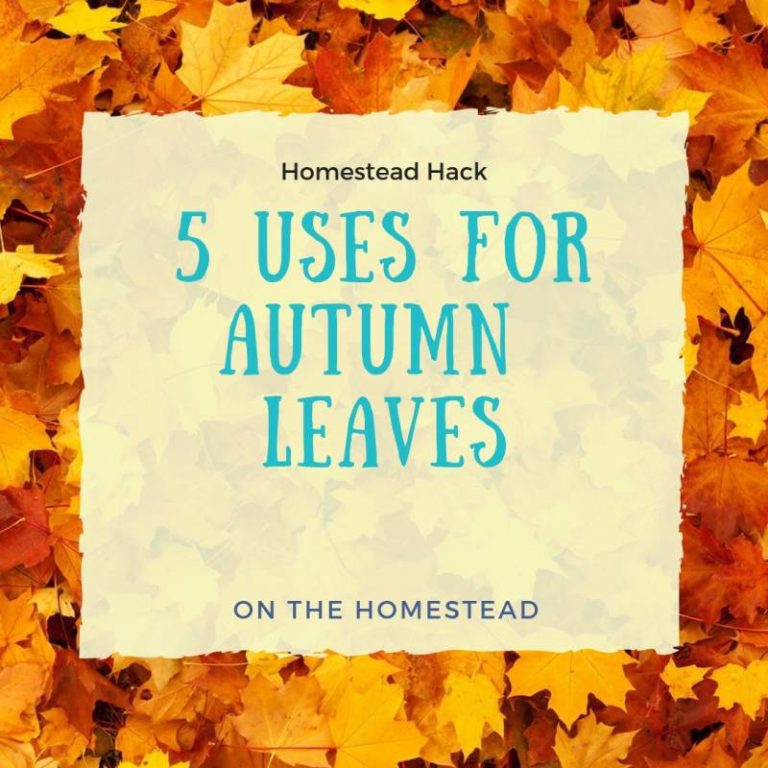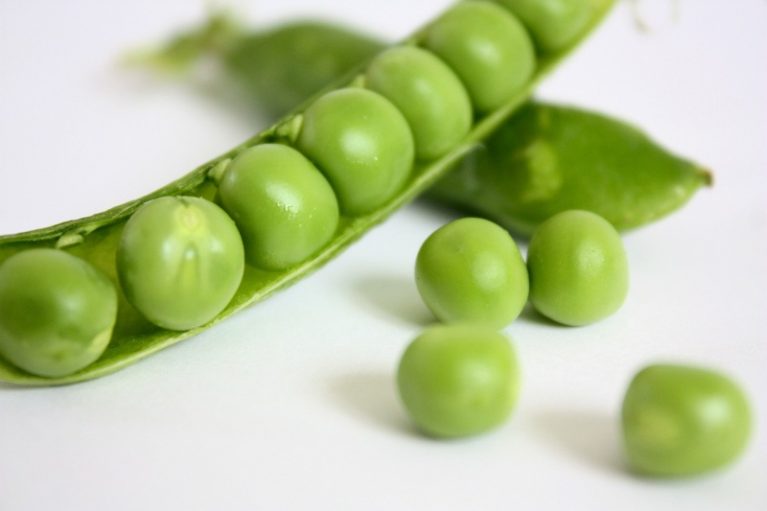Guidelines For Foraging For Wild Edibles
I get commissions for purchases made through links in this post. View our Affiliate Disclaimer.
Foraging for wild edibles is a rewarding and empowering activity! It does however require some knowledge and, the application of some common sense. Being full of bravado and thinking you know it all could result in a trip to the emergency room!
That being said, if you stick to a few simple guidelines and build your knowledge of local wild edibles in your area, you should be good to go!
Caution is the watchword here, particularly if you are a novice and still learning to identify the plants that are good to eat. This is particularly true if you are in a survival situation or outdoors a long way from medical assistance.
Take a look at our infographic on testing if wild plants are edible at the bottom of this post!
What To Avoid When Foraging For Wild Edibles
If you are unsure of a plant it is better to be safe than sorry. These rule of thumb characteristics are plants you should stay away from if you cannot positively identify.
- Milky or discolored sap
- Spines, fine hairs, or thorns
- Beans, bulbs, or seeds inside pods
- Bitter or soapy taste
- Dill, carrot, parsnip, or parsley-like foliage
- “Almond” scent in the woody parts and leaves
- Grain heads with pink, purplish, or black spurs
- Three-leaved growth pattern
Many edible plants have some of these characteristics but are safe to eat. These plant attributes are to be taken into account in the case where you are not absolutely sure of the plant. If it has one or more of these characteristics and you cannot identify it then rather leave it alone.
The way to test the edibility of a plant is to use the universally accepted edibility test. You will however need a few days to perform the test conclusively.
Getting Skilled Up For Foraging For Wild Edibles
So how do you get the skills necessary for foraging successfully and safely? There are a number of ways you can acquire the skills needed.
- Blogs on the subject such as MyGreenTerra.com
- Get some books on the subject and try some old fashioned reading! Examples given at the end of this post.
- Speak to friends who are knowledgeable on the subject, or seek out people in your community who have this knowledge! The older generation are often a veritable goldmine for this kind of information!
How To Get Started
I would recommend that you start with plants that are easily recognizable and are available worldwide, or at least are common in most areas. These would include plants such as purselane, plantain, amaranth, dandelion and wild sorrel or wood sorrel.
Note: Most of the wild edible plants are classified as weeds. Don’t let this classification put you off. This is usually a term ascribed to plants that are undesirable in modern gardens due to their lack of perceived beauty. They also tend to be hardy plants that take over areas of poor soil and overpower weaker species.
The next step would be to get skilled up with plants that are specific to your locale. That information would be available from the following resources:
- local websites or blogs,
- magazines,
- area specific book on the subject,
- local courses in your area where experts take you on foraging for wild edible walks
The best way to cement your newly acquired skills in foraging for wild edibles is to make using these plants part of your daily life. Actively cultivate them in your garden! Use them in your usual cooking to add flavor, or locate recipe books that use wild plants. Teach your children how to recognize the edible plants.
Foraging for wild edibles can become a fun family excursion! Get the family into the garden to gather wild ingredients to include in that nights dinner!

Get more posts like this
Subscribe to our mailing list and get interesting homesteading and green living info and updates to your email inbox.
Thank you for subscribing.
Something went wrong.








Hi Frank,
Good and very interesting article.
I visiting from Natural Living Blogger Helping Each Other. I have shared on FB and twitter.
I appreciate you be part of our group and sharing your great articles.
Have a healthy, happy & blessed day!